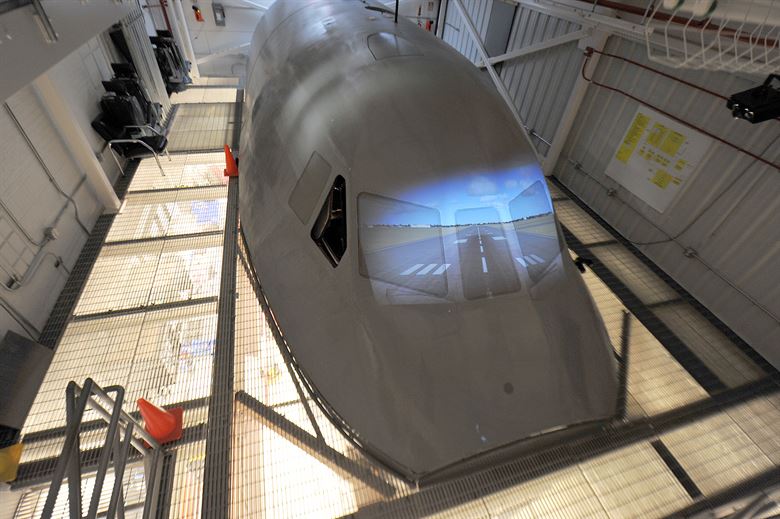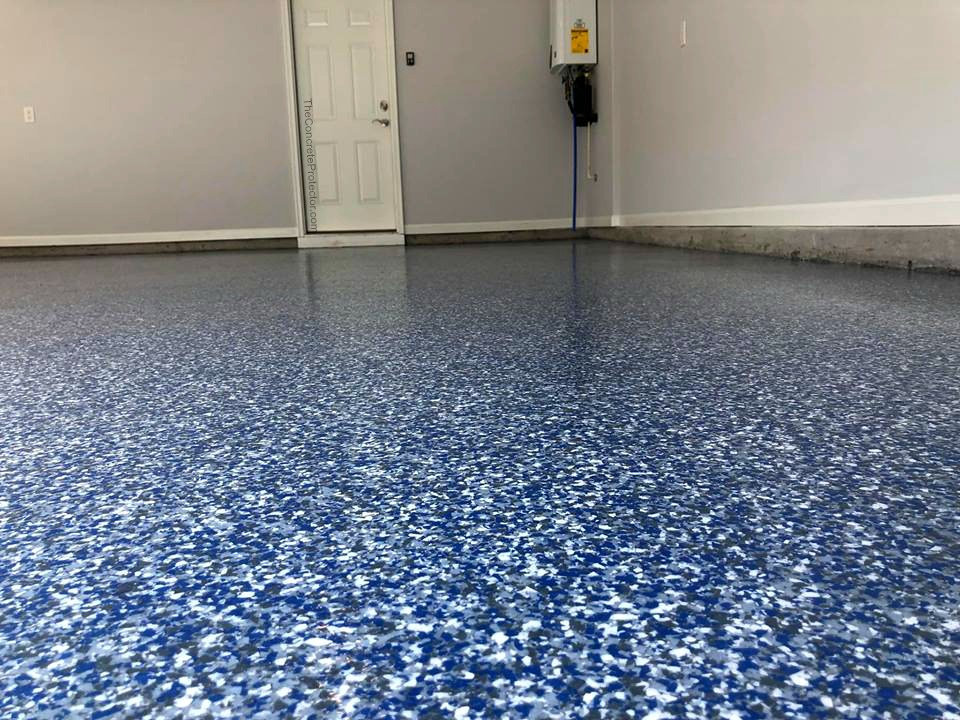Resin curing + heat. This is something that isn’t discussed too much because, let’s be honest, it’s not a great selling point. The quicker and easier you can get your epoxy to cure the better, right? Resin curing temperature and curing time will vary depending on the mixture and manufacturer. While some systems are designed to ‘cure’ at room temperature, heat must be added for epoxies to reach optimal performance properties. Heat can be added via composite curing ovens, radiant heat, or epoxy curing blankets.

Types of Epoxy Resin Systems
There are probably several ways to categorize resin systems, but we’ll be focusing on two:
- One-part systems vs. two part systems
- Systems that cure at room temperature vs. those that require heat.
One-Part Systems vs.Two Part Systems
While some systems are one part, most resin mixtures require two components. In one-part systems, heat is required to “kick-start” and maintain the curing process. More specifically, temperatures must be maintained around 250°F-350°F for a few hours (specific requirements vary).
Two part systems require the following elements: resin and a curing agent. Mixing the two initiates the chemical reactions necessary for curing.
Resin Curing Temperature: Room Temperature vs. Added Heat
As we’ve briefly touched on, heat requirements for epoxy curing vary from system to system. Quite often, all that’s required of two-part systems is mixing the resin and curing agent; the epoxy or composite is them able to finish curing at room temperature. However, some systems require additional heat. Again, the specific requirements of each system vary and can be obtained from the manufacturer.
Why Add Heat?
SVG Epoxy Curing Benefits
Knowing that room-temperature curing is an option, you might ask yourself “why would I want to go to the effort of adding heat during curing?” The key phrase here is “trade-off”. Adding heat usually means additional equipment and planning. However, epoxy mixtures that require heat boast the following properties:
- Chemical resistance
- Electrical insulation
- Heat resistance
Hotter is Better!
It’s important to note that all epoxy mixtures (even those that ‘cure’ at room temperature) will technically not fully cure unless heat is added. Properly adding heat to systems designed to cure at room temperature will always boost the performance of the final product. However, curing at room temperature makes more sense when increased performance isn’t needed.

JPEG Floor Image
Let’s take a quick look at what this looks like in practice. Specifically, let’s look at how adding heat can increase the temperature resistance of a room-temperature cured system. Temperature resistance is measured by Glass Transition Temperature (Tg). Let’s say we have a room-temperature cured composite with a Tg of 100°C (212°F). When the composite is kept at 150°C (302°F), the Tg will increase by approximately 10-15°C (5-8°F). Keeping the product at the temperature for an additional 4 hours will increase the Tg by roughly an additional 5-8°C (1-4°F)
Post-Curing
Many manufacturers use heat in a “post-cure” to achieve desired properties. This typically follows two simple steps:
-
- The epoxy is first left to cure at room temperature overnight. This allows the mixture to “gel” before heat is added. When heat is added to early, it can affect the viscosity. Drops in viscosity can cause the mixture to “run” and can lead to uneven texture in the final product.
- Heat is applied for a few hours. A good rule of thumb is to keep temperatures 50-100°C above the Tg of the epoxy. This “post-cure” boosts the epoxy’s performance without disrupting the texture or consistency.
Heat: What Are Your Options?
SVG Epoxy Curing Methods
There are a few effective options for adding heat during the epoxy curing process. Knowing the pros and cons of each can help you determine which is best for your needs.
-
Curing Ovens
Composite curing ovens are a highly effective option that allow for precise and even temperature control. Additionally, ovens come in a variety of sizes; whatever needs to be cured, there’s an oven that can fit it. However, this option can be expensive to install and cannot be scaled up or down. Additionally, lack of mobility means projects must be transported to ovens for curing.
-
Radiant Heaters
Radiant heaters are a more versatile and mobile option. They are notably less expensive than composite curing ovens and can be scaled up or down depending on the size of the project. Unfortunately, radiant heaters can cause uneven curing which leads to discoloration, bubbles, and brittle patches.
-
Heating Blankets
Heating blankets provide all the mobility and scalability of radiant heaters with significantly more precise and even temperature control. Unlike ovens, composite curing blankets allow the heat to be brought to the project (vs. transporting the project to a curing oven). This can save significant time and headache. For example, when repairs are done on wind turbine blades, rather than disassembling the turbine and transporting the blade to a curing oven, repairs can be done on the spot.
Powerblanket Epoxy Curing Blankets
Powerblanket Epoxy Curing Blankets utilize top-of-the-line heating technology to ensure even heat distribution throughout the curing process. Additionally, Powerblanket offers custom options; whatever your curing needs, we can help you develop a solution.
Frequently Asked Questions
What is the best temperature to cure resin?
The optimal temperature is the one your system calls for—about 250–350 °F (121–177 °C) for one-part epoxies or roughly 50–100 °C above the resin’s Tg during a post-cure for two-part mixes, because only at these temperatures does the resin fully cross-link and reach its highest performance.
Will epoxy resin cure in cold weather?
A two-part epoxy will still harden at room or colder ambient temperatures, but it stops short of full cure (and peak strength) until heat is added, while a one-part epoxy simply will not cure without being brought to 250–350 °F (121–177 °C).
How hot does 2 part epoxy get when curing?
Depending on formulation and how much is mixed, a two-part epoxy may only peak around 40–70 °C (104–158 °F) in a thin film but can climb past 120 °C, and in large, insulated pours sometimes approach 200 °C (392 °F), as the exothermic reaction accelerates.
How long does resin take to cure without UV light?
According to the post, a mixed two-part epoxy is generally left to gel overnight at room temperature and then requires a few additional hours of elevated heat to reach full cure.
Cure your epoxy resins faster and easier than ever before with Powerblanket.


